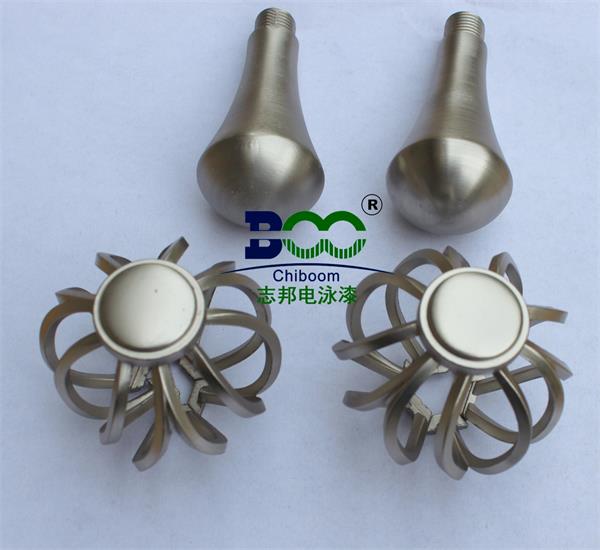Troubleshooting Methods for Electrophoretic Paint
In the electrophoretic coating process, electrophoretic paint, as a key material, its performance and stability are directly related to the final coating quality of the product. However, in actual production, electrophoretic paint may encounter various faults such as uneven color, surface bubbles, poor coating adhesion, and rough paint film. Facing these challenges, we need to adopt a series of meticulous troubleshooting methods to ensure the smooth progress of electrophoretic coating and the high quality of the final product.
Firstly, to address the issue of uneven color, we must focus on the coating thickness of the electrophoretic paint. Uneven color is often caused by inconsistent coating thickness. Therefore, before spraying, we must ensure that the primer surface is smooth and free of impurities. Simultaneously, we need to adjust the usage thickness of the electrophoretic paint precisely through accurate spraying parameters to ensure even coating. Additionally, regularly inspecting and calibrating spraying equipment is also an essential measure to prevent uneven color.
Surface bubbles are another common problem in electrophoretic coating. This is usually caused by humidity during spraying or an incompletely dried primer. To solve this issue, we must ensure a dry environment before starting the coating process to avoid excessive humidity. Additionally, the primer must be completely dry before applying the electrophoretic paint. Furthermore, optimizing the spraying process, such as adjusting spraying pressure and speed, can also help reduce the formation of bubbles.

Poor coating adhesion is a critical concern in electrophoretic coating. This may be caused by unprepared surfaces, incomplete cleaning, or uneven substrate surfaces. To improve coating adhesion, we must thoroughly prepare the substrate surface before coating, including sanding, degreasing, and ensuring its cleanliness and evenness. Additionally, selecting an electrophoretic paint material that matches the substrate is key to enhancing adhesion.
Rough paint film is a common quality issue in electrophoretic coating. This can be caused by excessive pigment-to-binder ratio in the bath, unclean workpieces or hangers, and inadequate filtration of the bath. To resolve this, we must adjust the pigment-to-binder ratio based on test results and strengthen the management of the bath and equipment. Regularly replacing filter bags, cleaning filter tanks, and other maintenance measures are also essential. Additionally, enhanced rinsing after electrophoresis is a crucial step to improve paint film quality.
Apart from the aforementioned faults, electrophoretic coating may also encounter problems such as cratering, pinholes, excessively thick or thin paint films. For these issues, we need to adopt corresponding treatment measures based on specific circumstances. For example, to address cratering, we can adjust the pigment-to-binder ratio of the bath, strengthen the degreasing process in pretreatment, and install oil removal filtration devices. For pinholes, we must strictly control bath temperature, enhance bath circulation and agitation, and promptly perform post-rinsing to prevent them.
In summary, troubleshooting electrophoretic paint requires us to approach from multiple aspects, including adjusting process parameters, enhancing equipment maintenance, and optimizing the production environment. Only by being meticulous and comprehensive can we ensure the smooth progress of electrophoretic coating and the high quality of the final product.





 WeChat
WeChat